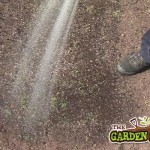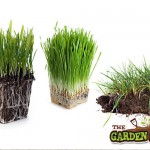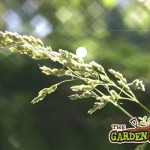Having the perfect lawn requires a more indepth understanding of the workings and processes that are going on in turf grass and lawns. The first question in getting to know lawns and lawn seed is to ask: What is a grass?
- Growing Grass
- Grass Roots
- grass seed head
All grasses are grouped together into the plant family called the Poaceae family. This family contains about 9,000 known species and is one of the largest and most common families found on the earth. Not only is our more common lawn species found here, but also all the cereal plants from oats of maize to rice, as well as the bamboo and ornamental grass plants. Adding all these plants together makes the Poaceae Family both an environmentally and economically important plant family
When we think of a lawn and when we want to sow lawn seed to create a new lawn we need to remember that a lawn is made up of thousands of individual plants, each plant made up of many leaves, roots and shoots and all these parts are requiring sunlight /air moisture and feeding. Once we can keep this in mind as we sow lawn seed and maintain our lawns then we will surely do a lot to help improve the growing conditions for these plants
So the next question is, How does grass grow?
Well, unlike most other plants, grasses actually grow from their base, this is called the crown. Grasses, especially our common lawn seed mixes, have a growing point close to their roots and near to ground level. This is quite unique and it allows us gardeners to maintain our grass and lawns at a low height with regular cutting without killing the lawn or damaging the grasses growing point. Lawns can be kept as short as 1 inch off ground level without damaging the grass.
The root system of grass is a fibrous root system. These fibrous root systems have no central main root and are generally shallow root systems. With that in mind we know that a new lawn and lawn seed only require 6 inches of top soil to grow.
As a grass plant grows it produces new leaves from the crown making the grass and lawn denser. The more regularly you cut your lawn the denser your grass will become but grasses grow in other ways too.
They develop tillers which are new shoots which are produced from the base of the plant and help of create thick sward.
Perennial grasses develop lateral shoots known as stolons and these allow the grasses to reproduce asexually as well as help to thicken up your lawn
While asexual reproduction of grass does not involve the development of a lawn seed, sexual reproduction does. Grass plants produce large seed heads and spread their lawn seed via wind dispersal.
All this helps to thicken up your lawn and give you a lush green sward. This should be considered when you first sow your lawn seed. Remebering to only sow about 30 grams per metre and then let nature takes its course (after giving your newly sown lawn a good drink of water)


